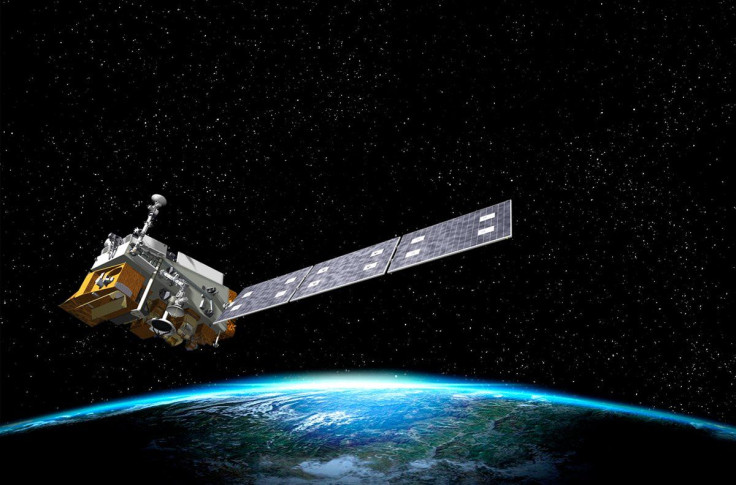NASA And NOAA Launch JPSS Weather Satellite Tuesday, Watch Live

Update Wednesday 11:14 a.m.: The Wednesday morning launch was canceled due to "excessive upper level winds," according to NASA. There is no rescheduled launch date yet.
Update Tuesday 10:45 a.m.: The early Tuesday morning launch was canceled due to a "red range and a late launch vehicle alarm," according to NASA. The launch has been rescheduled for Wednesday morning at 4:47 a.m. EST, or 1:47 a.m. PST.
NASA and the National Oceanic and Atmospheric Administration are ready to launch the first of four environmental satellites, part of the Joint Polar Satellite System. Those satellites will help researchers and scientists with both NASA and NOAA more accurately forecast weather and track environmental events in the atmosphere, on land and in the ocean.
The launch was originally scheduled for last week but was delayed after a faulty battery was detected and needed to be replaced, according to a release from NASA. The launch is now scheduled for 4:47 a.m. EST, or 1:47 a.m. PST, Tuesday morning from Vandenberg Air Force Base in California. A United Launch Alliance Delta II rocket is set to carry the satellite up to orbit.
The satellite will be delivered to its polar orbiting position where it will then be in the perfect spot to circle the Earth from the North Pole to the South Pole. It will make this orbit 14 times every 24 hours all the while collecting information about the weather globally twice a day, according to NOAA. Thanks to the polar-orbit the satellite will follow it will collect information about the land, sea and atmosphere as it travels. Then that information will be used for more accurate forecasts, climate research and prediction, sea surface measurements, forest fire detection and will have a number of other applications as well.
It will be orbiting 512 miles above the Earth’s surface, a vantage point that will allow for the satellite to detect how weather could be impacting ecosystems on land and in the ocean all around the world. The satellite will even be able to collect data that can help researchers detect severe weather and storms earlier on.
The satellite is equipped with plenty of instruments like an Ozone mapping and profiles suite, a cross-tracking infrared sounder and a radiation budget instrument that it will use to collect data on the Earth to then return to NOAA and the National Weather Service. The final three JPSS satellites will launch over the next 15 years or so following the JPSS-1 launch.
The launch will be broadcast live on NASA’s website Tuesday morning, but the coverage will be happening at the same time that the Orbital ATK Cygnus resupply mission to the International Space Station will be making its arrival. The coverage of the JPSS launch will be on NASA’s media TV channel, while the grappling of the Cygnus will be available on NASA’s education channel.
The launch of the JPSS satellite is also available right here:
© Copyright IBTimes 2024. All rights reserved.











